The Central Bank of Kenya (CBK) has revealed that global oil prices have continued to rise.
In its weekly bulletin published on Friday, January 3, CBK stated that international oil prices increased during the week ending January 2, 2025.
According to the bulletin, the rise of global oil prices was mainly driven by high demand of oil in China and a draw-down of US oil inventories.
“International oil prices increased during the week ending January 2, 2025, largely reflecting easing of concerns over oil demand in China and draw-down of US oil inventories,” read part of the weekly bulletin.

*Units of currency per Kenya Shilling. PHOTO/ Central Bank of Kenya
Kenya Shilling Remaining Stable as Global Oil Prices Rise
The price of Murban oil increased to USD 76.31 on January 2, 2025, from USD 74.19 on December 24, 2024.
At the same time, the Kenya Shilling remained stable against major international and regional currencies during the week ending January 2.
It exchanged at Ksh 129.31 per US dollar on January 2, 2025, compared to Ksh 129.30 per US dollar on December 24, 2024.
The usable foreign exchange reserves remained adequate at USD 9,198 million (4.7 months of import cover) as of January 2, 2025.
This meets the CBK’s statutory requirement to endeavour to maintain at least 4 months of import cover.
Also Read: Global Oil Prices Rise Two Weeks After EPRA’s Review, Kenyan Shilling Remains Stable
Global Trends
According to the bulletin, global inflation concerns have continued to rise in advanced economies.
Spain’s headline inflation rate increased to 2.8 percent in December 2024 from 2.4 percent in November 2024, on account of rise in energy prices and leisure cost, while core inflation rose to 2.6 percent.
The global manufacturing sector PMI index contracted to 49.6 in December 2024, compared to an expansion of 50.0 in November 2024, reflecting declines in output and new orders.
Meanwhile, the US dollar index strengthened by 1.1 percent against a basket of major currencies during the week ending January 2, 2025.
Also Read: List of Items Whose Prices Increased or Reduced in December
Country’s Inflation Rate and Money Market
Kenya’s overall inflation increased to 3.0 percent in December 2024 from 2.8 percent in November 2024, on account of a modest increase in food and fuel inflation.
Food inflation increased to 4.8 percent from 4.5 percent in November, due to an increase in prices of select food items.
Fuel inflation edged up marginally to -1.0 percent in December from -1.6 percent in November while NFNF inflation stabilized at 3.2 percent in November and December, reflecting general stability in prices of most components.
Liquidity in the money market remained adequate during the week ending January 2, 2025, supported by open-market operations.
Commercial banks’ excess reserves stood at Ksh 31.1 billion in relation to the 4.25 percent cash reserves requirement (CRR).
The average interbank rate was at 11.06 percent on January 2, 2025, compared to 11.09 on December 24, 2024.
During the week, the average number of interbank deals remained stable at 40, while the average value traded decreased to Ksh 25.1 billion
from Ksh 33.7 billion in the previous week.
Follow our WhatsApp Channel and join our WhatsApp Group for real-time news updates



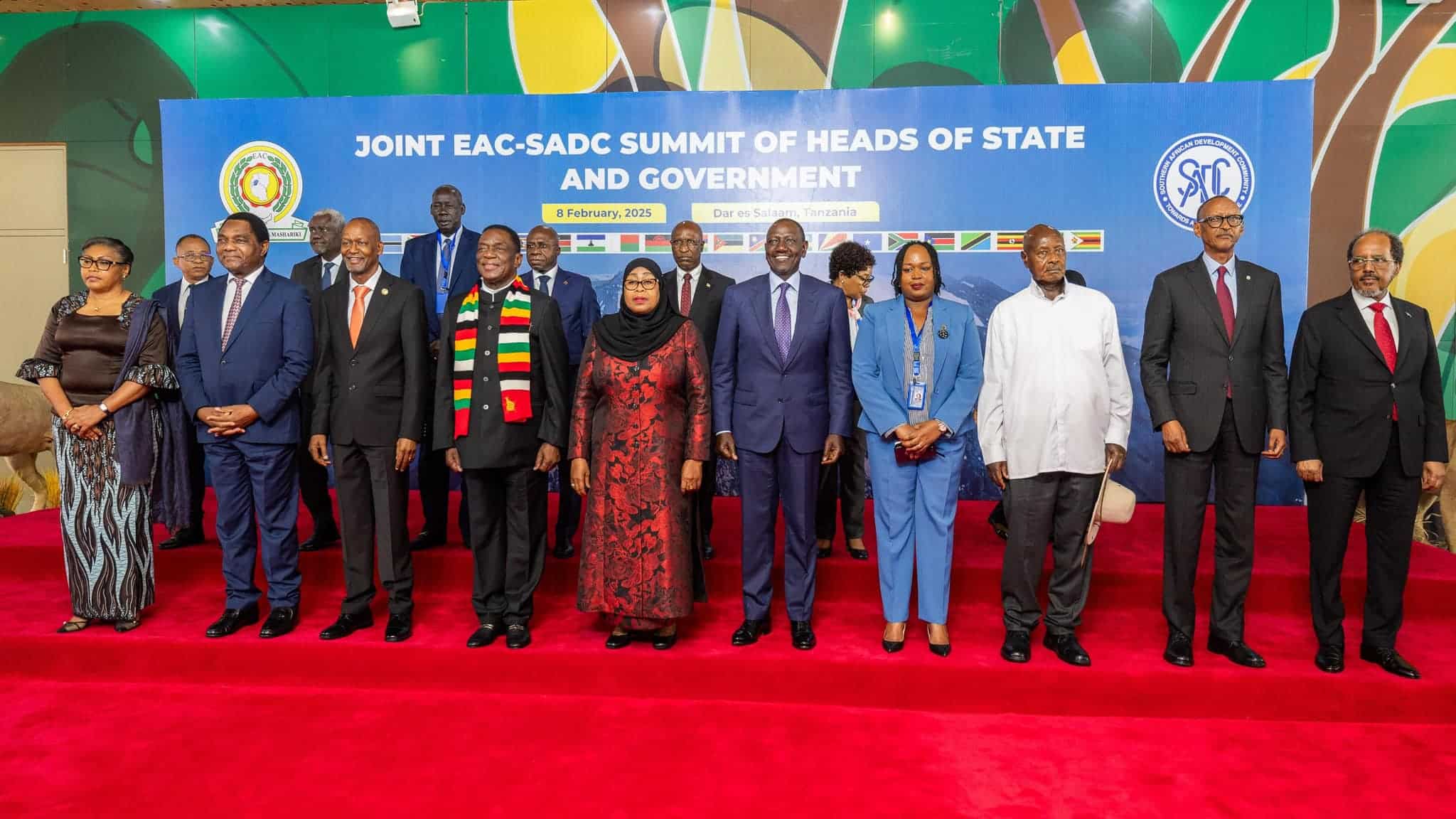
![Debate Rages Over Proposed Increase In Legal Drinking Age [Video] Nacada Raises Legal Drinking Age From 18 To 21]( https://thekenyatimescdn-ese7d3e7ghdnbfa9.z01.azurefd.net/prodimages/uploads/2025/07/beer-360x180.jpg)




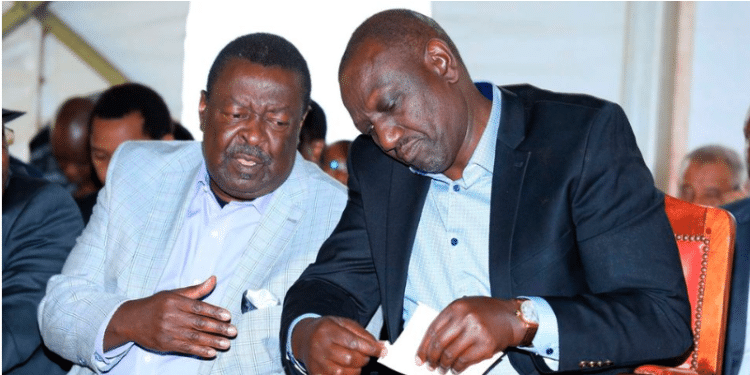






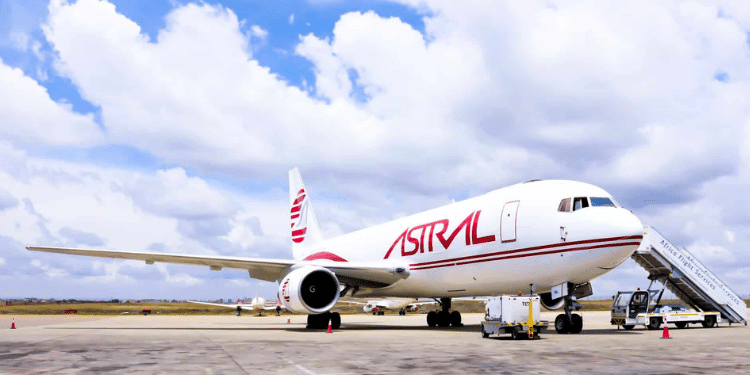

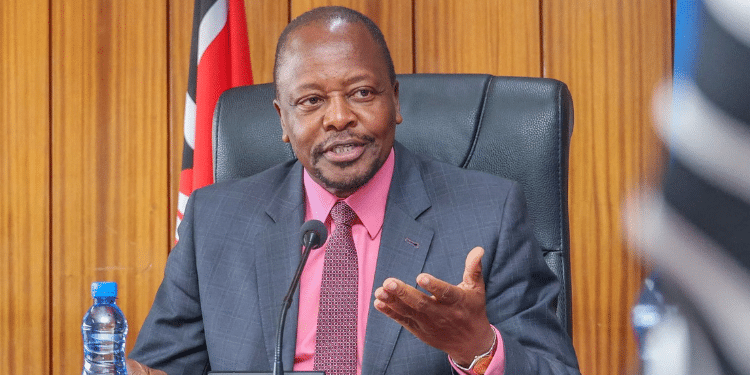








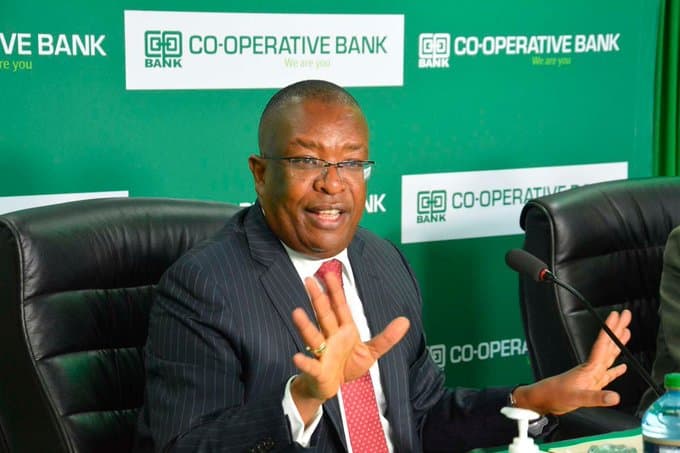





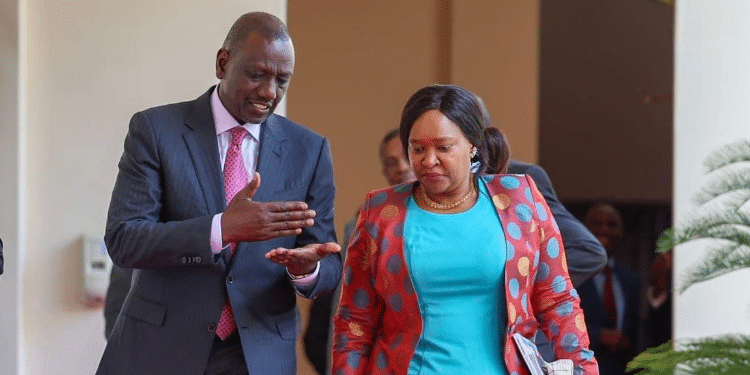












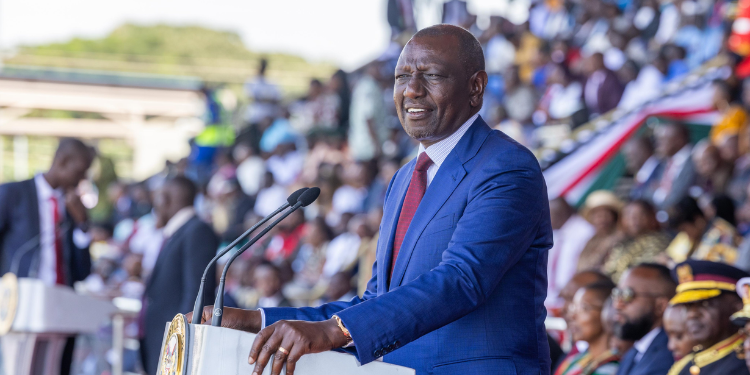

























![Debate Rages Over Proposed Increase In Legal Drinking Age [Video] Nacada Raises Legal Drinking Age From 18 To 21]( https://thekenyatimescdn-ese7d3e7ghdnbfa9.z01.azurefd.net/prodimages/uploads/2025/07/beer-120x86.jpg)